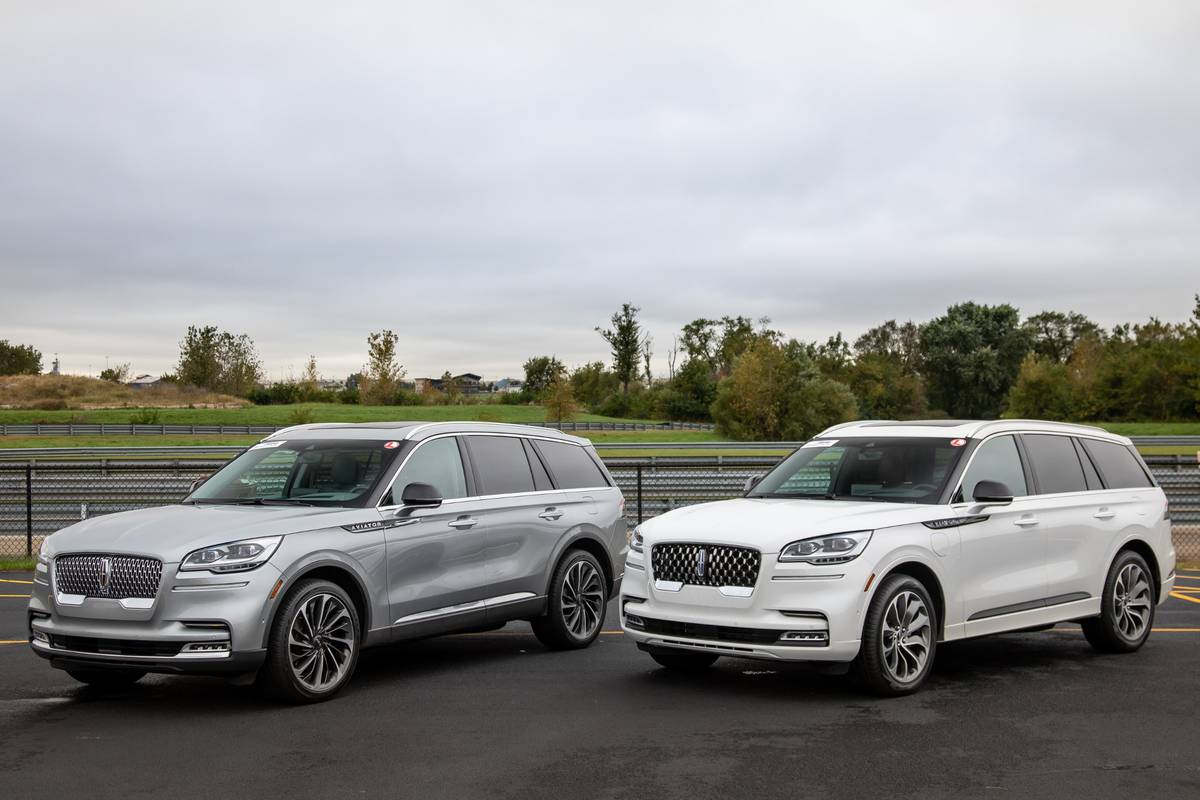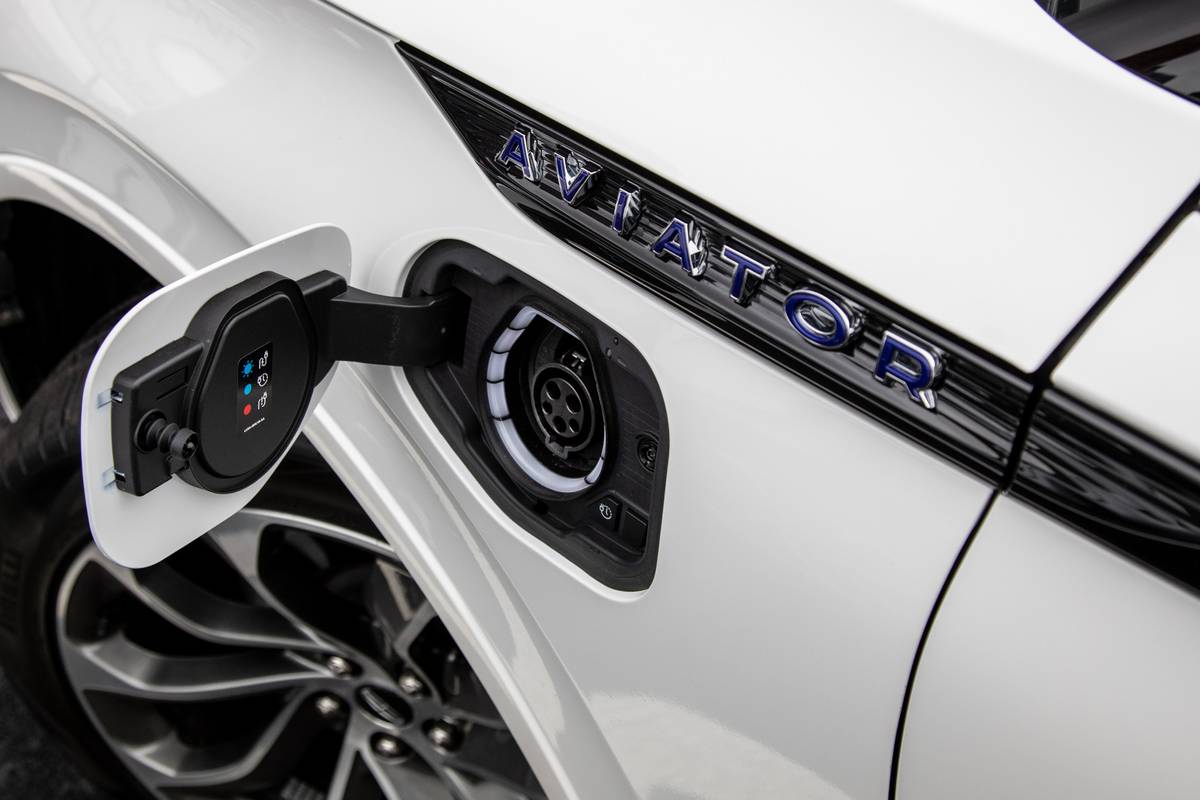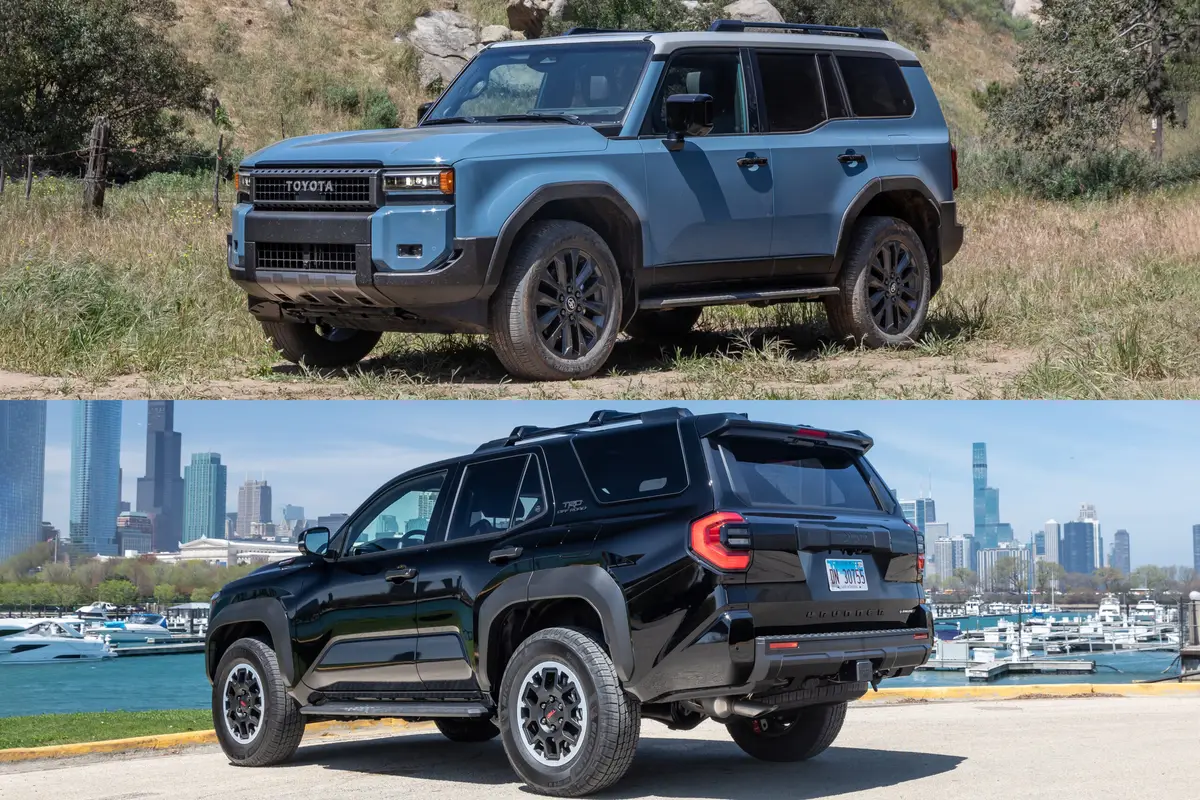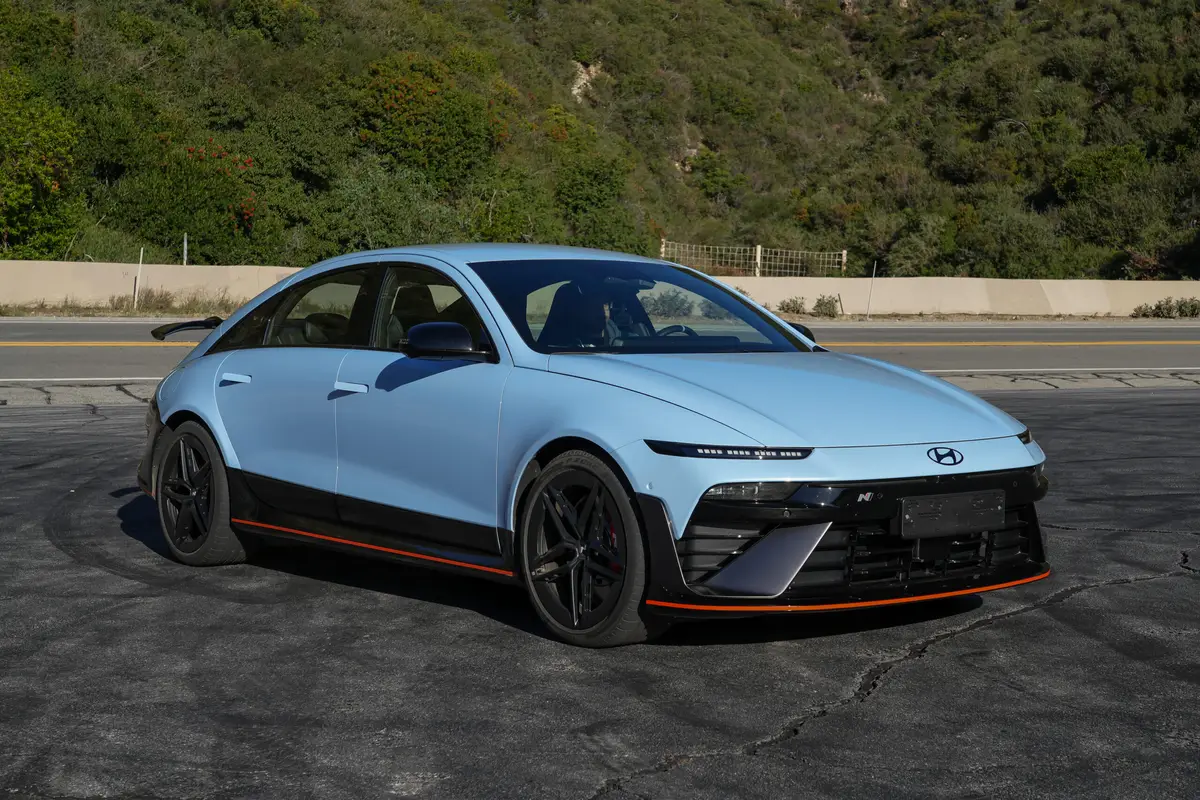Which to Buy? 2020 Lincoln Aviator Vs. Aviator Plug-In Hybrid


The all-new 2020 Lincoln Aviator three-row luxury SUV fills an important slot in Lincoln’s lineup. Before now, Lincoln shoppers looking for three rows of seats had either the dated, wagon-esque MKT or large, truck-based Navigator from which to choose. With the Aviator, Ford’s luxury brand now has an SUV to take on models like the Audi Q7, BMW X5 and Volvo XC90.
Related: 2020 Lincoln Aviator First Drive: A Surprisingly Sporty Luxury SUV
Besides the usual decisions around trim level, convenience features and safety equipment, Aviator shoppers also must decide which of two powertrains — a conventional gas engine or Lincoln’s first plug-in hybrid drivetrain — is right for them. Here’s a closer look at how they compare and which one we recommend.
- ${price_badge()}
- ${ami_badge()}
- ${battery_badge()}${ev_report_link()}
- ${hot_car_badge()}
- ${award_badge()}
- ${cpo_badge()}
${price_badge_description}
${ami_badge_description}
The EV Battery Rating is based on this vehicle's current expected range relative to the vehicles expected range when new. ${battery_badge_text}
This vehicle is certified pre-owned, backed by a manufacturer warranty, and typically undergoes a rigorous multi-point inspection to ensure quality and reliability.
This vehicle is currently in high demand given its competitive price, desirable features, and overall condition, and may have a higher chance of selling quickly.
Shop the 2020 Lincoln Aviator near you


What’s Under the Hood?
The Aviator comes standard with a turbocharged 3.0-liter V-6 engine that makes 400 horsepower and 415 pounds-feet of torque. The V-6 drives a 10-speed automatic transmission and comes with rear- or all-wheel drive. All in all, it’s a well-tuned, refined drivetrain that makes the SUV feel quick.
The plug-in hybrid version of the Aviator, which Lincoln dubs the Grand Touring, pairs a 75-kilowatt electric motor with the turbo V-6 and 10-speed automatic. Total system output is 494 hp and 630 pounds-feet of torque, and the plug-in hybrid comes only with all-wheel drive. While the Aviator Grand Touring makes plenty of power, the drivetrain is busier and less refined than the regular Aviator’s non-hybrid setup.
What About Efficiency?
The RWD Aviator gets an EPA-estimated 18/26/21 mpg city/highway/combined; estimated gas mileage drops to 17/24/20 mpg with all-wheel drive. Regular gas with an octane rating of 87 is acceptable, but premium fuel with an octane rating of 91 or higher is recommended for best overall performance.
The EPA has yet to publish gas-mileage figures and electric-only driving range for the plug-in-hybrid Aviator Grand Touring, but Lincoln provided some estimates of its own; it expects the SUV to travel up to 18 miles on electric power alone and get 23 mpg in combined driving. Lincoln also says it’ll take three to four hours to fully charge the 13.6-kilowatt-hour lithium-ion battery pack on 240-volt service. Like the gas-only Aviator, the Aviator Grand Touring can run on 87-octane fuel, but gas with an octane rating of 91 or higher is recommended.

How About Pricing?
The 2020 Aviator starts at $52,195, including a $1,095 destination charge, for a base RWD model. With a starting price of $69,895, including destination, the Aviator Grand Touring is considerably pricier, but compared to an AWD Aviator Reserve — which has similar equipment apart from the powertrain — the plug-in hybrid’s price premium drops to around $10,000.
The Grand Touring is also eligible for a federal tax credit. The EPA hasn’t posted tax-credit information for the Grand Touring as of publication, but based on the IRS formula that determines the amount of the credit, it should qualify for up to $6,500 in savings. Additional incentives are available in select states.
More From Cars.com:
- 2020 Lincoln Aviator Finally La-La-Lands in Production Form in L.A.
- 2020 Lincoln Aviator: Ready for Your First-Class Upgrade?
- More Powerful 2020 Lincoln Aviator Also Nips Cadillac XT6 Rival in MPG
- Symphonic Lincoln Aviator Chimes Inspire Our Own Car-Alert Playlist
- Find a Lincoln Aviator Near You
Which One Should I Buy?
The right combination of federal and state tax credits could go a long way toward eliminating the Aviator Grand Touring’s price premium over a similarly equipped Aviator, but even if they were the same price, I’d still choose the gas-only version. The plug-in hybrid’s electric-only driving capability and better fuel economy are benefits, albeit modest ones, but they’re more than offset by the Grand Touring’s subpar drivetrain and brake-system refinement, which could both use some fine-tuning.
Cars.com’s Editorial department is your source for automotive news and reviews. In line with Cars.com’s long-standing ethics policy, editors and reviewers don’t accept gifts or free trips from automakers. The Editorial department is independent of Cars.com’s advertising, sales and sponsored content departments.

Mike Hanley has more than 20 years of experience reporting on the auto industry. His primary focus is new vehicles, and he's currently a Senior Road Test Editor overseeing expert car reviews and comparison tests. He previously managed Editorial content in the Cars.com Research section.
Featured stories



